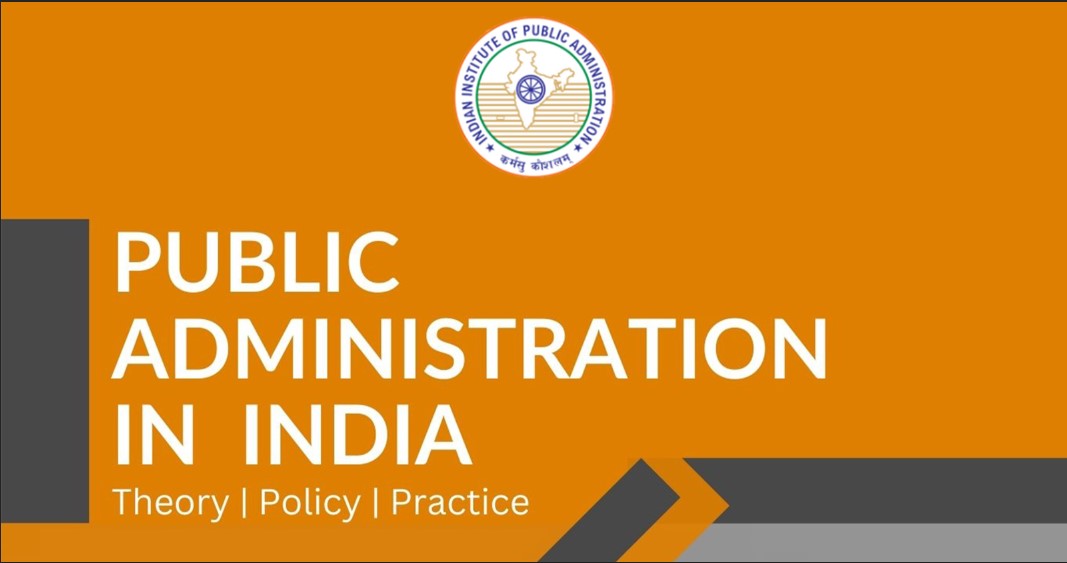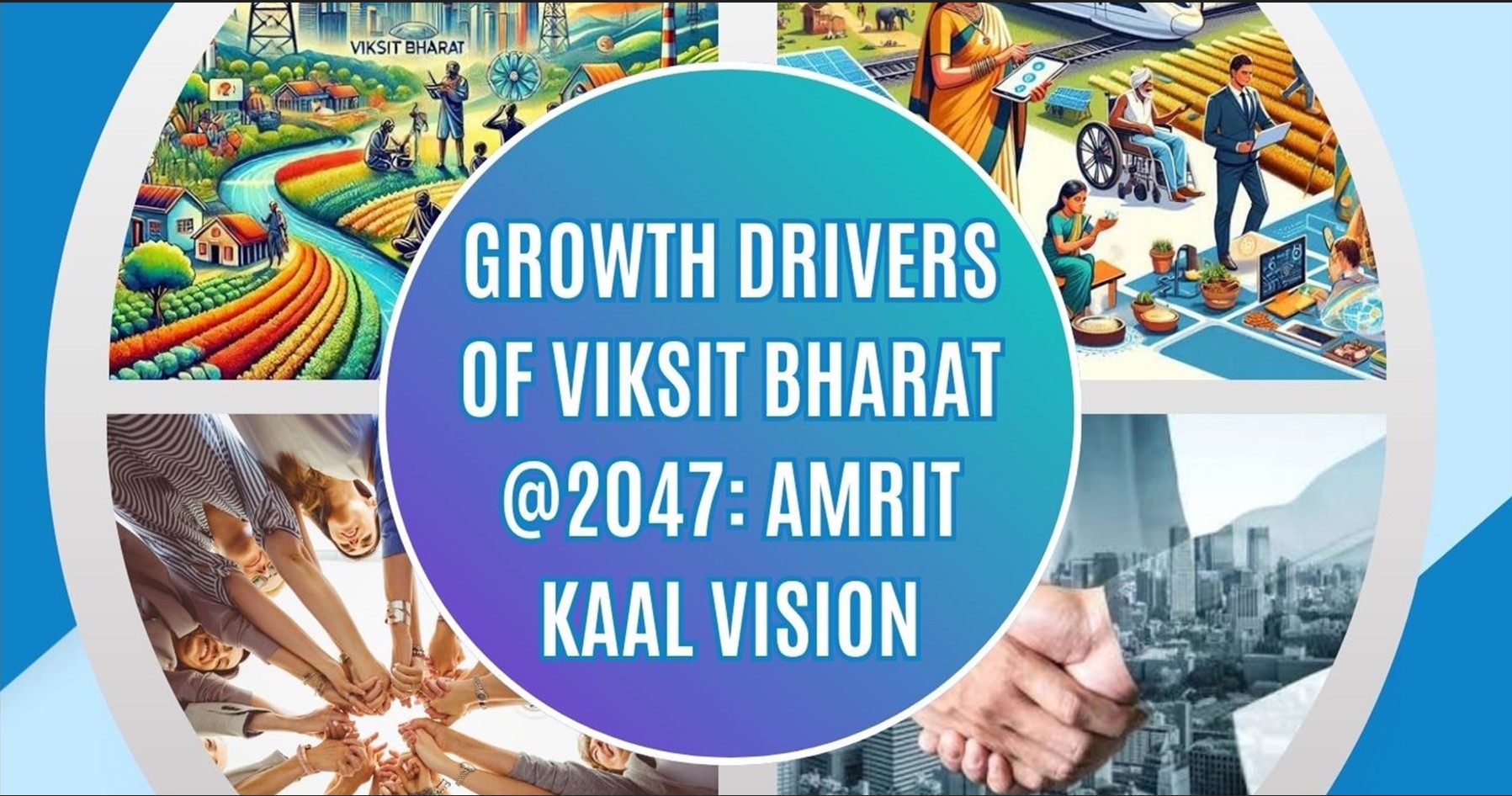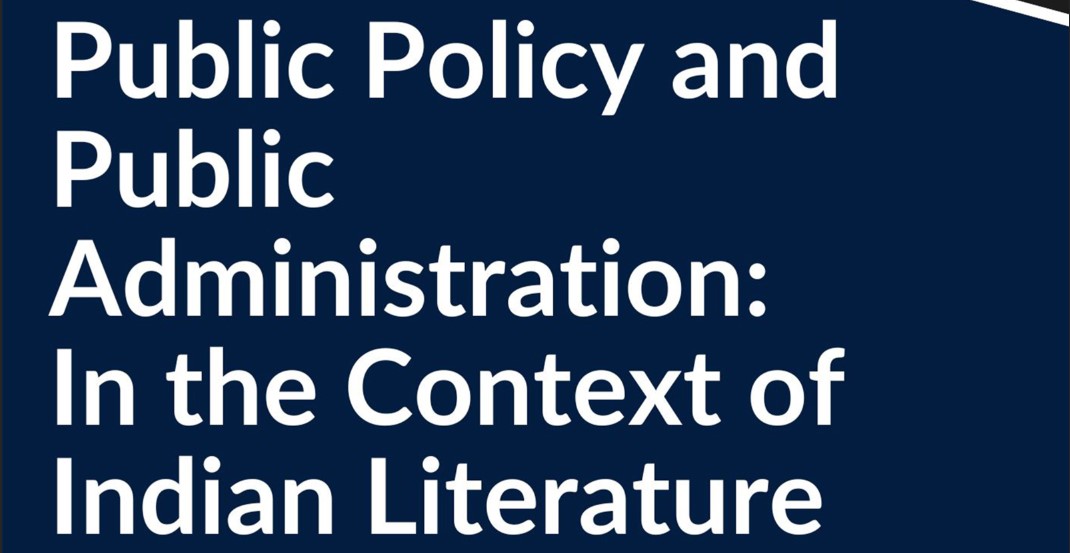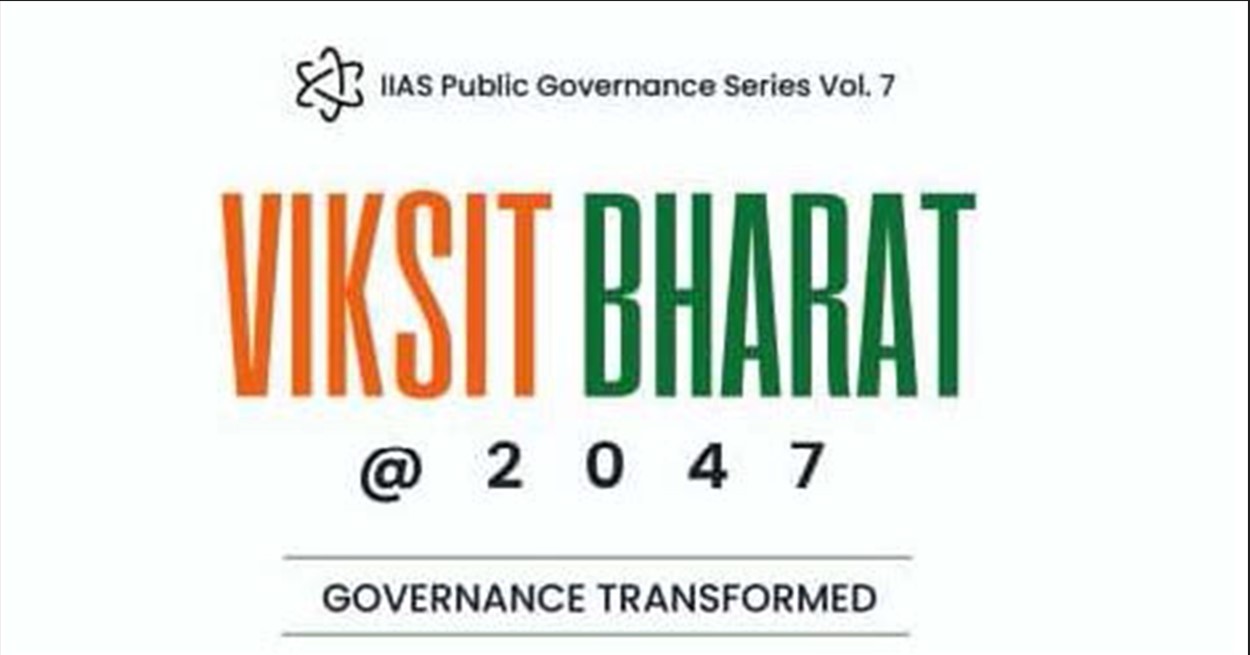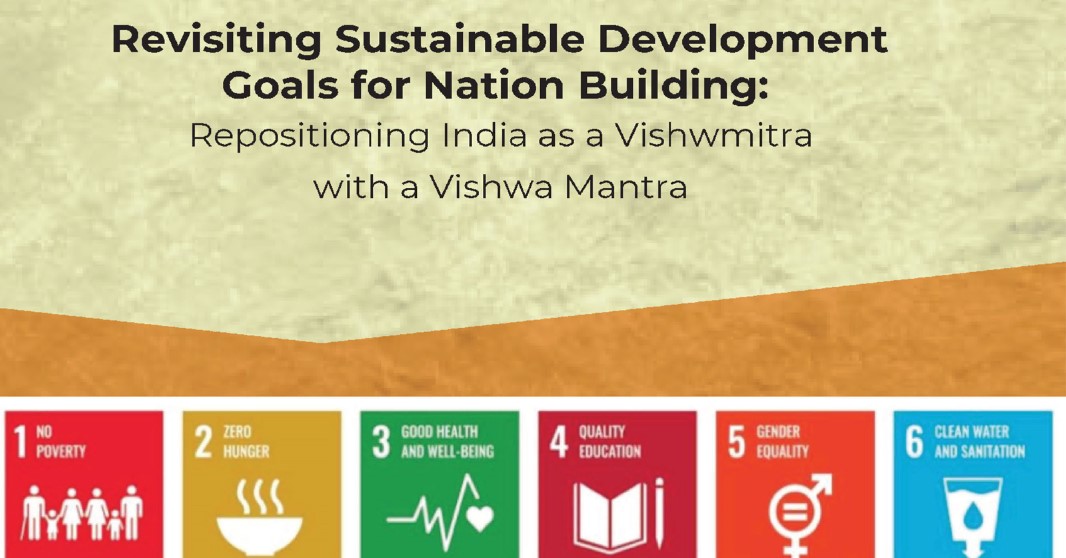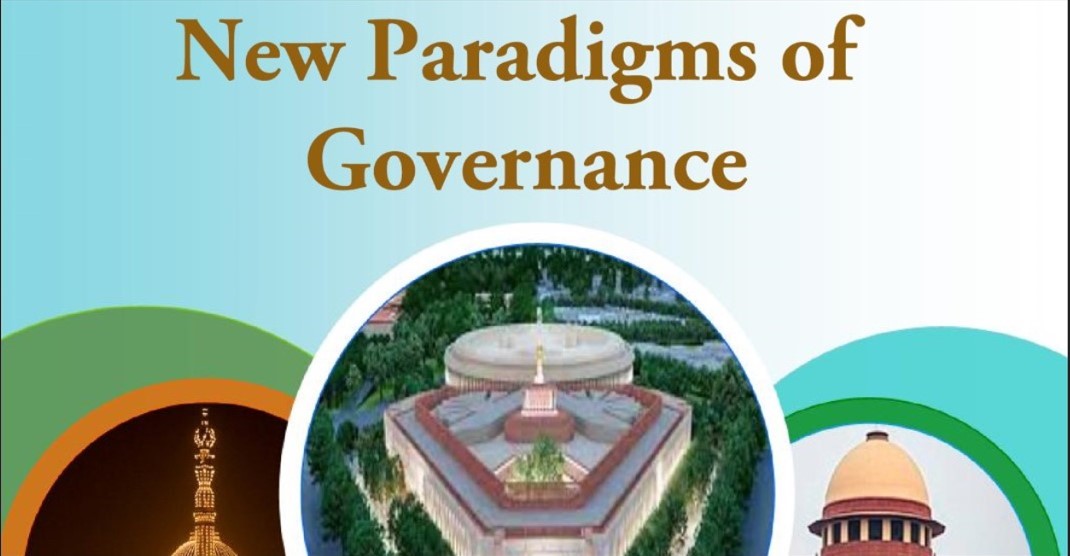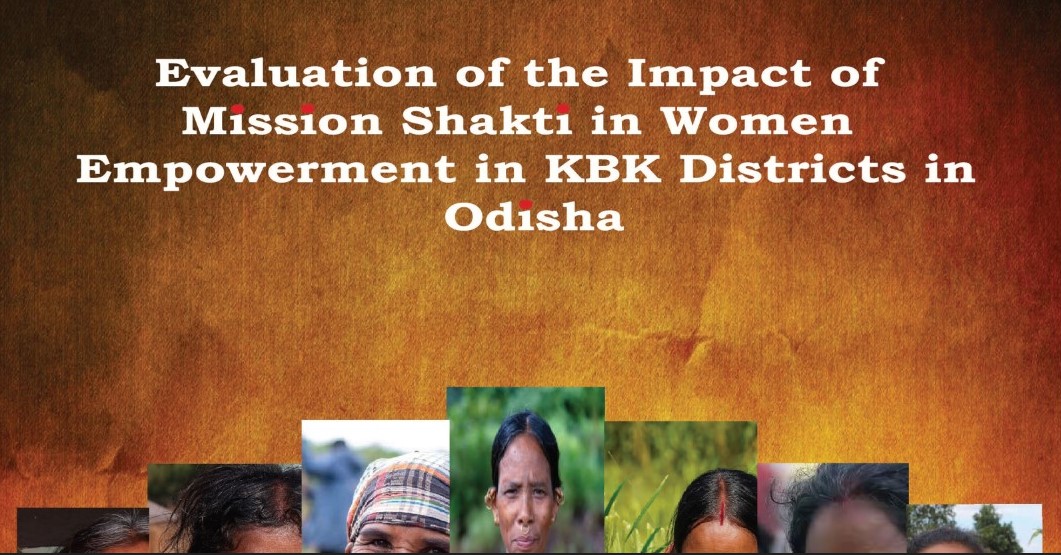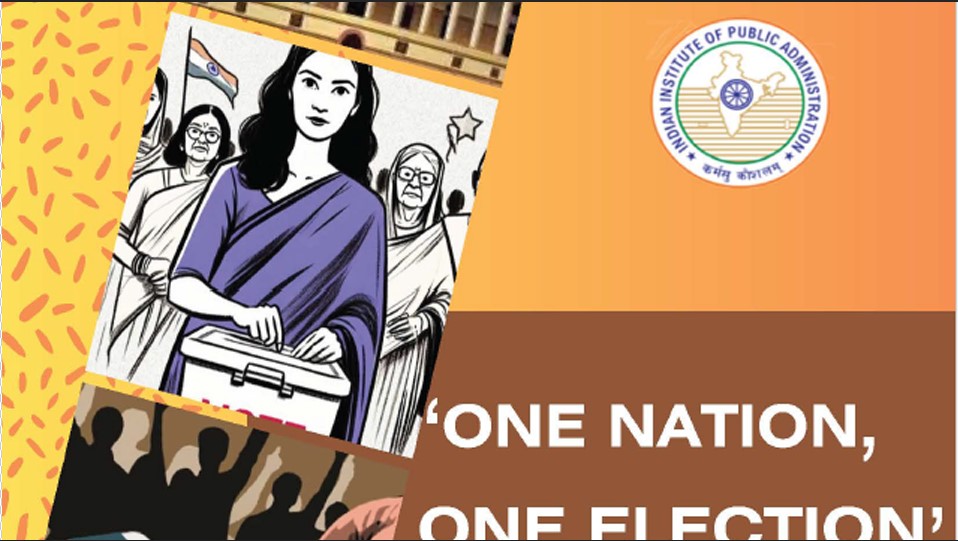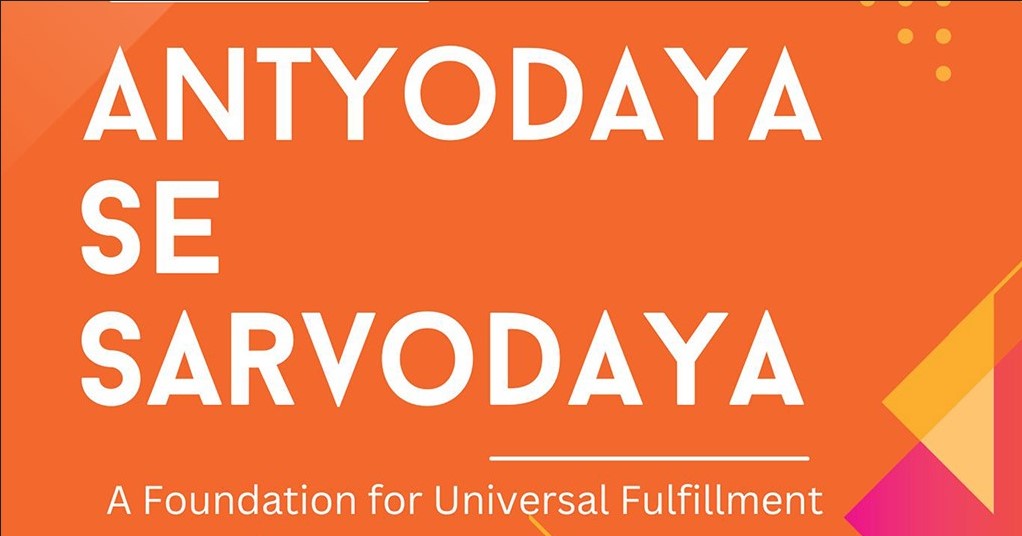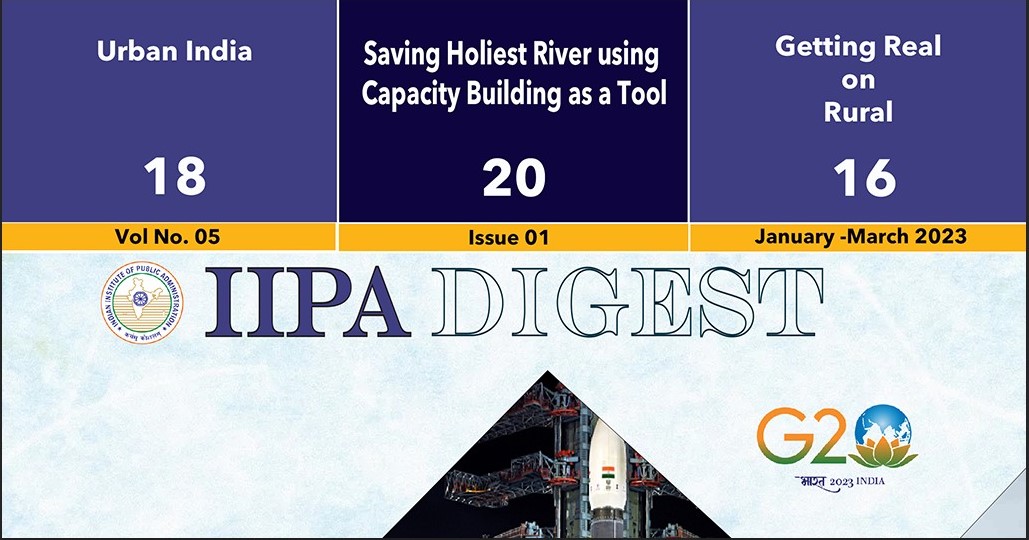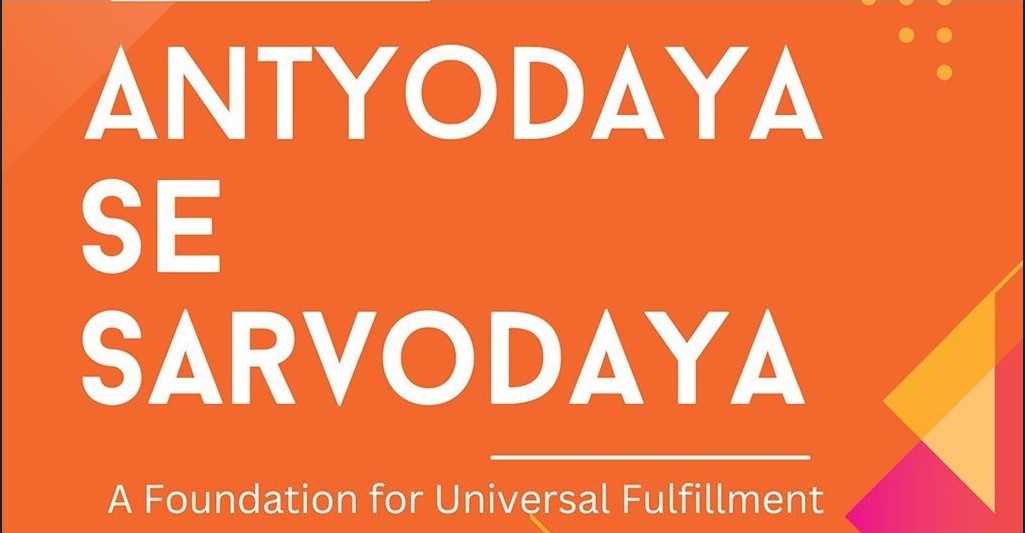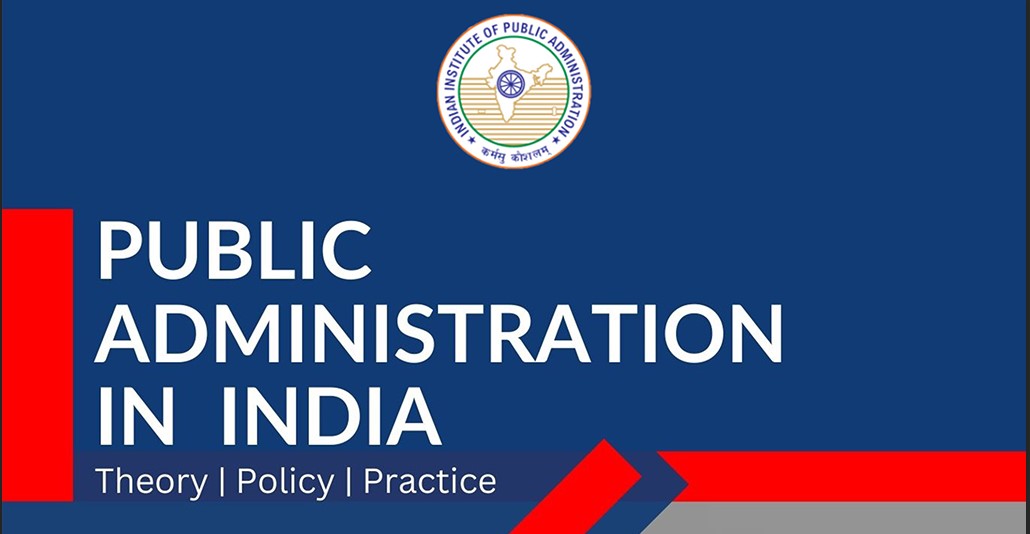Trajectories to Good Governance: A Study of Select Gram Sabha in Pullur Periya Gram Panchayat, Kasaragod District, Kerala
Introduction
Gram Sabha represents the fundamental unit of local governance. It acts as the integral component of the Panchayati Raj system, embodying the essence of participatory governance. Being a democratic institution, this local unit is formed by the inclusion of eligible voters within a village. This inclusive character establishes a unique grass-roots platform where every adult member of the community becomes an active participant in decision-making process.
At the core, Gram Sabha functions as a forum for open discussion and consequent decision-making. Regular meetings can offer an opportunity to discuss and approve development plans, review the functioning of the Panchayati Raj Institutions, and deliberate on matters integral to the social and the economic development of the community. This participatory approach is not merely symbolic but represents a tangible manifestation of democratic ideals at the grassroots level. The Gram Sabha’s influence extends beyond the realms of decision making to the allocation of funds for local development projects.
By approving the annual budget of the Gram Panchayat, it plays a crucial role in determining the financial priority of the community. The transparency in the budgetary process ensures the community members are well informed about resources utilisation, fostering accountability among elected representatives and administrators.
Gram Sabha: A Theoretical Framework
Subsidiarity: The term subsidiarity was coined to characterise a particular strategy for addressing the issues facing contemporary society, one that reflected a deep comprehension of social structures, human nature, and governmental systems. Pope Pius XI outlined the following idea as a cornerstone of Catholic social teaching in his 1931 encyclical Quadragesimo anno:
“It is a fundamental principle of social philosophy, fixed and unchangeable, that one should not withdraw from individuals and commit to the community what they can accomplish by their own enterprise and industry. So, too, it is an injustice and at the same time a grave evil and a disturbance of right order, to transfer to the larger and higher collectivity functions which can be performed and provided for by lesser and subordinate bodies. Inasmuch as every social activity should, by its very nature, prove a help to members of the body social, it should never destroy or absorb them.”(Pius XI, 1931)
Subsidiary approaches find its resonance in the institution of Gram Sabha within the context of decentralisation. This approach underscores the imperative of delegating decision-making authority to the most localised level capable of addressing specific issues effectively. In the case of Gram Sabha, this translates into empowering villages to govern themselves and make decisions pertaining to local government, resource management and social welfare. The essence of subsidiary is embedded in the decentralisation process advocating for the distribution of power and autonomy to the grassroots level, allowing for local communities to actively participate in shaping the local development. Grama Sabha serves as the embodiment of these subsidiary principles by fostering a bottom-up approaches to governance. The village assembly provides a platform for citizen engagement in decision making, enabling them to articulate their needs and the consent in a manner that reflects the interests of local life. This encourages the autonomy at the local level acknowledging that those closer to the issues possess a better understanding of the challenges and opportunities unique to their community. The distribution of Gram Sabha ensures that this decision-making authority resides where it can be most effectively and meaningfully executed. This is in conformity with the essence of subsidiary which focus on empowering local entities to address specific concern by themselves. The subsidiarity principle should be used by government as one of the most important drivers in terms of public service division (Krasnowolski (2012) in Gawłowski, R.et al.,(2020).
This decentralised model not only enables quicker resolution to local issues, but also fosters a sense of ownership and accountability among the voters. Subsidiary approach highlights that local participation is essential for the success of governance initiatives. In this way, Gram Sabha can act as the fundamental unit of participatory democracy, where voters actively contribute to the development of the society. Solidarity is another cornerstone of subsidiary, that it is reflected in Gram Sabha’s functioning. This principle emphasises the interconnectedness of individual and community upholding a sense of mutual support and cooperation. The solidarity principle suggests that neighbouring villages or community may face similar challenges and can benefit from shared experience and collaborative solution. The Gram Sabha can foster community cohesion and can encourage collective efforts. The principles of social justice can be applied through Gram Sabha. By empowering its voters Gram Sabha seeks to address social and economic inequalities. The Gram Sabha can listen to the voices of the marginalised community and there by the needs of the vulnerable population are taken into account. This commitment to social justice reflects the transformative potential of subsidiarity when applied to local governance structures. The principles of subsidiarity when embedded in Gram Sabha contributes to effective problem-solving, responsive governance and representation of social justice.
Participatory Democracy: Participatory democracy as a political theory focuses on the active involvement of citizen in decision making process. According to Jane Mansbridge the term ‘participatory democracy’ was coined by Arnold Kaufman in 1960 (Mansbridge in Cunningham,2002) Democracy is appropriate when alternative solutions to problematic situations are available, but democratic decision-making is of limited value when problems or alternative solutions are defined by people other than those who are supposed to address them and/or when there is little control over how or whether agreed upon solutions will be implemented (Cunningham, 2002) The Gram Sabha acts as a vital platform for the direct participation of citizen in decision making. The concept of participatory democracy underscores the idea that governance is most effective when it reflects the will and aspiration of the people it serves. In the context of Gram Sabha, this theory envisions a democratic process where the villages actively engage in discussion, contributive to policy making and collectively shape the trajectory of their community development. The essence of participatory democracy lies in the belief that power should be decentralised and distributed among the people. Gram Sabha implements this idea by providing a platform for individual irrespective of their socio- economic status to express their opinion and influence decision making at the grassroots level. In a participatory democracy the Gram Sabha becomes more than just a procedure formality, it transforms into a dynamic arena for the exchange of ideas and the negotiation of interests. This process is inclusive in nature as it incorporates the diverse perspective and experience of the voters.
The very nature of participatory democracy within Gram Sabha encourages civic engagement and social question leading to a sense of community identity. The participatory theory recognizes the significance of decision making. Gram Sabha can provide a platform for accessing relevant information and creating a conducive environment for open discussion. An informed citizenry can critically evaluate proposed policies and ongoing projects. In this way, Gram Sabha serves as the educational platform enabling the voters to comprehend the implications of various choices. This is in connection with considering the principles of transparency and accountability in participatory democracy. So, Gram Sabha can reflect collective wisdom of the voters. By entrusting decision making power to the local community, the theory envisions a governance structure that is representative to the specific needs and challenges faced by the local community. This decentralisation not only enhances the efficiency of public administration but also nurtures a sense of self-reliance within the community. The Gram Sabha in this way becomes a vehicle for local self-governance where policies are framed from the ground level ensuring a more individual development paradigm. The application of participatory democracy in Gram Sabha not only strengthens the democratic fabric of the nation but also empower individuals at the grassroots level, articulating a sense of citizenship and shared responsibility for the common good.
Localism: Localism emphasises the significance of local governance structures and their role in decision making process that directly impact the lives of the residents. The theory states that local communities being intimately familiar with their own needs, challenges, and aspirations, are best positioned to make informed decision about their development. This theory advocates for the devolution of power from higher levels of government to the field units for ensuring the participation among local populace. Generally speaking, localism conveys a preference for bottom-up or even ‘mutualistic’ approaches to governmental and economic co-ordination, rather than top-down ones (Pratchett, 2004). Gram Sabha is very well aligned to the theory of localism, because it is serves as a vital platform for direct democracy and community participation. Through Gram Sabha, discussion and deliberation can be made on issues related to the social welfare institutions. The theory of localism can find its practical expression in Gram Sabhas. Localism contends that a one-size fits all approach from central authorities often fails to address and redress the challenges faced by diverse communities. Furthermore, localism asserts that empowering local communities helps in bridging social economic disparities by ensuring their development initiatives are targeted and equitable. In this line Grama Sabhas can provide an avenue for traditionally under-represented groups including women and members of scheduled castes and tribes. This inclusive nature of Gram Sabha can protect the rights and interests of minority groups. Empowering communities to actively participate in decision making requires not only the establishment of democratic structure like Gram Sabha, but also the provision of resources to enhance civic engagement.
Bottom-up Approach: It is an approach that allows the local community and local players to express their views and to help define the development course for their area in line with their own views, expectations and plans (European Commission).
The bottom-up approach insists upon the active participation of local communities in decision making process. This is against the traditional top-down model where policies and decisions are formulated at higher levels of government and then passed down to the local communities. In this approach emphasis is given to empowering local communities to identify their requirements, set priorities and actively participate in the planning and the implementation of development programs. This can ensure that policies and programs are more responsive to the popular demands at the local level.
Gram Sabha can very well execute the ideas embedded in the bottom-up approach. The Gram Sabha allows the voters to articulate the demands and the concerns. For example, the decision regarding schools, medical facilities, agriculture development and so on can be made collectively ensuring that the priorities of the local people are taken into account. This can bring in effectiveness in development initiatives. Moreover, the inclusion of vulnerable population such as women, minorities and those from other disadvantaged sections can be made possible at the grassroots itself. The Gram Sabha as a democratic institution ensures that decision are made transparently and with the consent of the community. The Civic engagement highlighted by the bottom up approach can significantly be achieved through Gram Sabha.
Good governance and Gram Sabha
Good governance encompassing the features like transparency, accountability, consensus orientation, inclusion and participation is very much essential for a sustainable society. Gram Sabha can fulfill the parameters to a greater extent. In a sense, it can be said that Gram Sabha can act as a catalyst in achieving good governance.
Transparency is inevitable for good governance emphasising openness and accessibility of information to the public. It ensures that the citizens are well informed about government actions, decisions, and policies. The voters at the grassroots level can seek for information from Gram Sabha directly. Through regular meetings and discussions, the GramSabha facilitates the dissemination of information on development projects, research allocation and decision-making process. Their information dissemination can create empowered citizenry and more accountability. The Gram Sabha is a forum where the voters can directly question, scrutinize, and seek clarification on various matters related to governance.
Another key element of good governance, accountability, can be achieved through Gram Sabha. It can ensure accountability by allowing the voters to hold their local authorities accountable or the implementation of development initiatives and the utilisation of resources.
The citizen can raise their concerns, express grievances, and seek redressal for injustices. The Gram Sabha acts as a check and balance system ensuring the decision makers remain accountable to the community they represent.
Consensus orientation, another parameter of good governance can also be ensured through the platform of Gram Sabha. Gram Sabha is composed of diverse stakeholders. It becomes a space where consensus is sought on matters of local importance. The inclusive nature of Gram Sabha encourages dialogue and deliberation. Through debates, discussions, and negotiations the voters work towards finding common ground and reaching a consensus on issues such as development projects, resource allocation and other community related matters. This approach ensures that decisions and policies reflect the collective will of the voters promoting harmony and preventing conflicts that may arise from unilateral decision making.
Inclusion and equitable participation of all sections of society in decision making process can be ensured through Gram Sabha. In many rural areas, where social disparities may exist, the Gram Sabha acts as a democratic space where all people irrespective of caste, gender and economic status have the opportunity to voice their opinions and contribute decision making. The Gram Sabha thereby acts as a vehicle for social equity and participation. The Gram Sabha epitomizes the principles of inclusion and the participation by providing a direct platform for consultation and discussion. This can lead to participatory policy making. Gram Sabha, in this way can very well act as a trajectory to good governance.
In order to understand the trend in the participation of people in Gram Sabha, the author conducted a study among thirty respondents in Chalingal, the ward number 14 of the Pullur Periya Panchayat of Kasaragod District in Kerala. Pullur Periya Gram Panchayat is a rural local body in Kasaragod. There are total 2 Villages under Pullur Periya Gram Panchayat jurisdiction. (Primary data, 2023)
Table 1: Age and Gender pattern
From the Table it is clear that majority (48.6%) of the respondents who are participating in Gram Sabha meeting are more than fifty six years old. Then the next majority belonged to the age group 41-55. Participation is very less in the age category between 26 and 40. In the survey male respondents had the majority (57.1) in the gender pattern.
Fig.1 Education
Among the respondents in the survey, majority (44.8%) had education below SSLC. Only 27.6 per cent had SSLC. This data clearly shows that the voters who have less education are regularly participating in Gram Sabha meetings. The Gram Sabhas must encourage participation from professional and educated people. Since Gram sabha is a body at the grassroots level to ensure democracy and inclusion the LSGIs muct consider the possibilities for including professionals. Here one thing can be done. If Gram Sabha meetings can be conducted online more participation from professionals can also be ensured.
Fig. 2 Monthly Income
This data needs to be interpreted in connection with the previous figure also.The previous figure could give picture on their status of education. This figure clearly shows the picture of their income. A significant majority (81.3%) had a monthly income less than Rs.10000/-.Another section (18.3%) had the monthly income between Rs.10,000 and 50,000. No one had income above 50,000. from the above two figures it can be interpreted that the people who have less education and income are the regular participants of Gram Sabha. Though Gram Sabha is a body for direct democracy and participation, it is not functioning in its fullest sense. People who are belonging to to different sections should ensure the participation for making the Gram Sabhas democratic bodies. Educated people can give more suggestions through their knowledge and exposure leading to effective policy making. The LSG officials must give maximum publicity for Gram sabha meetings even by making use of social media. The potential of technology should be used in the functioning of Gram Sabhas too. So e-democracy can also be attained.
Fig. 3 Information on Gram Sabha meeting
The data shows that wider dissemination of information is not being done by the LSGs to ensure maximum participation. Majority respondents (54.5%) were getting information regarding the Gram Sabha meeting through the distribution of notice. Another section was receiving the information through panchayat representatives. According to Article 243Aof the Constitution, “Gram Sabha may exercise such powers and perform such functions at the village level as the Legislature of a State may, by law, provide” This means that voters have power in connection with Gram Sabha like the legislators have in the legislatures.Bot not all voters are getting intimation regarding Gram Sabha meetings. Besides, usually Gram sabha meetings are being conducted in some halls with limited seating capacity. If there are 1500 voters in the ward, seating capacity of the meeting venue should not be less than 1500.
This means that the LSGs are not taking initiatives to enhance maximum participation from all voters in the platform of Gram Sabha.Space constraints can be redressed through conducting Gram Sabha meetings online.
Fig. 4 Participation of Youth
The respondents (50%) highlighted that the participation from the youth was less in Gram Sabha meetings.In the survey, majority of the respondents who are attending Gram Sabha meetings regularly were more than fifty years old.It is the need of the hour that the youth should also be encouraged to participate in Gram Sabha meetings.The human resource of the villages is not getting used by the LSGs. During calamities and disasters we can see the active volunteerism and presence to provide their service to the society. In normal times also they should be encouraged to participate in the developmental activities in the region. Their voices need to be heard before making the policies. Since youth are often innovative in nature, their ideas can be incorporated to make the grassroots governance innovative, creative, consultative and participatory.
Fig.5 Online participation in Gram sabha meetings
It is clear from the data that the significant majority of the respondents (97%) did not have the opportunity to participate the Gram Sabha meetings online. Only 3 per cent participated online during the pandemic period (COVID-19). It is clear that the LSGs are not taking efforts in an appreciable way to enhance participation through online measures. The LSGs should also be given technical, legal, financial and infrastructural support to conduct online Gram Sabha meetings (Interview with the panchayat official).
Findings and Suggestions
1. Since voters are directly participating in the Gram Sabha meetings, it can ensure inclusion , which is an essential parameter of good governance.
It is seen that people who have low education and income are the regular participants of Gram Sabha.
2. Only a few respondents have participated in online Gram Sabha meetings (during COVID-19). If online meetings can be conducted, there will be participation from professionals too irrespective of time and space. This, to a greater extent can fulfil the parameters of participation and inclusion (to an extent, now we can observe exclusion base on education and geography).
3. Participation of youth is also negligible.
4. According to the panchayat officials lack of adequate quorum is a major issue in the conduct of Gram Sabha. The quorum of the Gram Sabha includes 10 per cent of the total voters of a ward. A Gram Sabha meeting postponed due to lack of strength of this quorum can be conducted with just 50 persons thereafter.
5. Space is a major constraint in organising Gram Sabha meetings with maximum participation. Online meetings can be conducted to redress the space constraint.
Conclusion
Gram Sabhas can very well act as the trajectories to good governance since the parameters like transparency, accountability, consensus orientation, inclusion and participation can be realised through the platform of Gram Sabha. But the Grama Sabhas need to be reinvented by making use of current technological developments.In the study conducted, the author could observe that most of the participants in Gram Sabha meetings are from socially and economically disadvantaged sections. The conduct of Gram Sabha should be more citizen-centric than institution-centric. Voters from all sections need to be invited for making the platform more participatory. The Gram Sabha must focus on inclusivity as a guiding principle to achieve good governance. More youth and professionals have to ensure their partipation for making the platform much more vibrant.The LSGs must initiate steps for making the environment more conducive for maximum participation.
References
1. Aligică, P. D. (2019). Public entrepreneurship, citizenship, and self-governance. Cambridge University Press.
2. Better Governance, planning and services in local self-governments in Poland. (2021). Organization for Economic Co-operation and Development (OECD) Publishing.
3. Building an inclusive Mexico: Policies and good governance for gender equality. (2017). OECD
4. Chandra, K.-S., & Annamalai, V. (2002). Participation of marginalised sections in Gram Sabha: Rhetoric and reality. Social Change, 32(1-2), 190-199. https://doi.org/10.1177/004908570203200214
5. Cunningham.F(2002), Theories of Democracy, London, Routledge.
6. Datta P. K. (2019). Exploring the dynamics of deliberative democracy in rural India: Lessons from the working of Gram Sabhas in India and Gram Sansads in West Bengal. Indian Journal of Public Administration, 65(1), 117–135. Retrieved July 19, 2020,
7. Dollery. (2020). Local public, fiscal and financial governance. Springer International Publishing.
8. Elstub, S., & Rodríguez, E. O. (2019). Handbook of Democratic Innovation and governance. Edward Elgar Publishing.
9. Gawłowski, R., Nefas, S., & Makowski, K. (2020). Subsidiarity Principle—Its realization in Self-Government in Lithuania and Poland. Administrative Sciences, 10(1), 14. https://doi.org/10.3390/admsci10010014
10. Hacker, K.L. and van Dijk, J. (eds) (2000) Digital Democracy. Issues of Theory and Practice, London: Sage
11. Hayward, B. (1993). Participatory Democracy: Questions Raised by Feminist Involvement with Practice and Theory. Political Science, 45(1), 27-39. https://doi.org/10.1177/003231879304500103
12. Jha, G. (2023). Fragile urban governance: Evolution, decline, and empowerment of local self-government in India. ROUTLEDGE.
13. Krüger, D., Mohamad-Klotzbach, C., & Pfeilschifter, R. (2022). Local self-governance in antiquity and in the Global South. theoretical and empirical insights from an interdisciplinary perspective. Walter de Gruyter & Co.
Leave a comment
More articles from Governance & Polity
